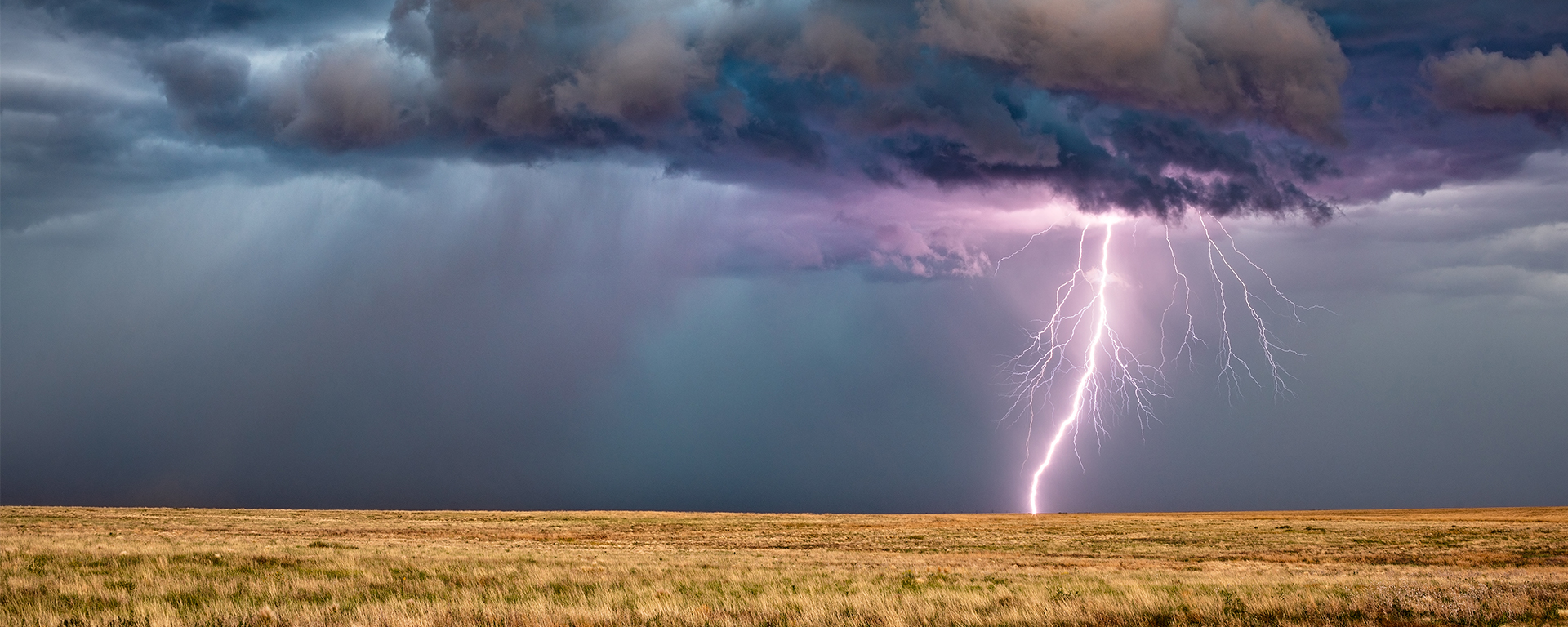
“By failing to prepare, you are preparing to fail,” said Benjamin Franklin, and it’s quite true. For most of us, the need to be prepared was drilled into us from the time we were small children. Preparation for severe weather is one area where you simply can’t afford to ignore.
Severe weather varies based on where you live, but the preparation is similar whether you are facing hurricanes, tornadoes, storms, or even wildfires. Preparing well ahead of time will save you stress and headaches when severe weather looms.
Check your elevation – Severe weather often brings rain which can lead to flooding. You should know the elevation level of your property and check with FloodSmart.gov to make sure you are prepared for a flood.
Decide on a shelter – Take the time to determine now where you and your family will shelter in place when a storm hits. Inside rooms without windows and basements make great places.
Map an evacuation route – Do you know what evacuation zone your home is in? Check a local map and make sure you know so when local officials call for evacuations you know when it affects you. Also, map out a few routes, so you have several options for how to leave. Traffic and other roadblocks may make an alternate route necessary.
Make plans for your vehicle – If you have to evacuate, you’d ideally be taking your own vehicle with you. But you may not be able to take all of them with you as time and drivers can be scarce. Consider where you will leave your car in advance, so you don’t spend too much time securing it before the storm.
Learn to recognize storms – Do you know how to tell if severe weather is heading your way? Tornados sound like a freight train and hurricanes generally follow driving rain and big waves. Paying attention to forecasters and weather news will help as well.
Prepare your yard – Make sure the area surrounding your home is free of debris and trees have been trimmed. If you have boards or hurricane shutters, put them up long before you think you need them, so you aren’t forced to do it in the early stages of the storm.
You should always have an emergency kit ready, and periodically check it to make sure things haven’t expired or been taken from it. There are many more specific lists of preparations depending on the storm, including hurricanes, hailstorms, wildfires, and earthquakes. You may also find that certain smartphone apps help you stay up-to-date with severe weather and preparation.
